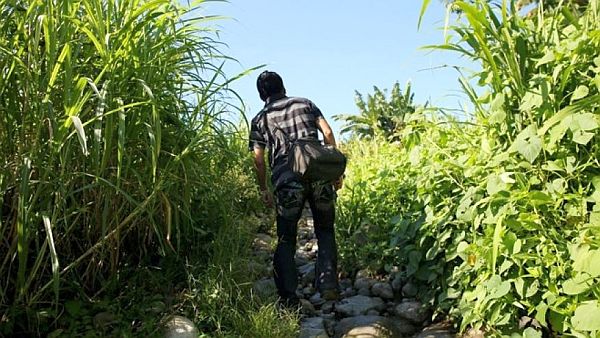Washington - In a report released yesterday, WOLA (Washington Office on Latin America) examines Mexico's immigration enforcement and its emerging role as an asylum destination.
The report also analyzes U.S. assistance in Mexico's southern border zone, and the on-the-ground impact of harsh U.S. rhetoric and enforcement policies. It finds that low levels of migrant apprehensions in Mexico and at the U.S. border during the first few months of 2017 are not sustainable. Significant migration is likely to continue, given ongoing violence and insecurity in Central America.
By May 2017, apprehensions at the U.S-Mexico border had begun to tiptoe back up. They increased by 31 percent over April, with apprehensions of unaccompanied minors jumping 50 percent.
"The Trump administration's hard line inspired a wave of Central American migration before the inauguration, and a sharp drop afterward. But these decreased migration flows are not likely to last," said Adam Isacson, WOLA Senior Associate for Defense Oversight. "The violence and misery in Central America that cause people to migrate-and often flee for their lives-have not changed," he said.
Mexico recorded fewer apprehensions in the first four months of 2017. Still, migration enforcement remains steady, and crimes against migrants in transit continue unabated. In July 2014, the Mexican government launched its "Southern Border Program."
This plan purported to protect migrants' rights and regulate Central American migration. It resulted in a dramatic increase in security operations, increasing apprehensions of northbound migrants by 85 percent during its first two years.
Nearly three years since it was announced, apprehensions under the Program remain high but have begun to level off. This owes to limited government resources, migrants' and smugglers' ability to adjust, authorities' corruption, and recent months' drop in Central American migration.
U.S. support to address security at Mexico’s southern border has amounted to less than originally expected. Still, the State and Defense Departments are supporting an US$88 million program to help Mexican authorities collect and share information about who is crossing. Both departments are also funding a $75 million project to improve secure communications in the southern border zone. Download the report (PDF) for more information about these programs and the role of U.S. assistance.
Although overall apprehensions have dropped in recent months, the number of people seeking asylum in Mexico has increased dramatically. Between 2014 and 2016, there was a 311 percent increase in asylum requests in Mexico. In the first three months of 2017, Mexico received more asylum applications than during all of 2015. The UN Refugee Agency estimates that Mexico will receive up to 20,000 asylum requests in 2017.
"The number of migrants and asylum seekers who would like to stay in Mexico has increased sharply over the past year and a half. More Central Americans are looking to Mexico as a destination and a place to seek protection from violence," said Maureen Meyer, WOLA Senior Associate for Mexico and Migrant Rights. "Both Mexico and the United States should protect vulnerable populations, instead of detaining and deporting them," she added.
WOLA based its report on field research in the area surrounding Tenosique, Tabasco, along Mexico’s border with Guatemala. This route has seen a sharp increase in children and families fleeing violence in the Northern Triangle region.
Between 2014 and 2016, the number of children (both accompanied and unaccompanied) apprehended in the state of Tabasco increased 60 percent. The majority of migrants traveling through this part of the border are from Honduras. In the 40 miles between the border and Tenosique alone, migrants are often robbed, kidnapped, and sexually assaulted.
While the Mexican government has been successful in detaining and deporting migrants, authorities have done little to address widespread crimes and abuses against them.
Download the report (PDF)


